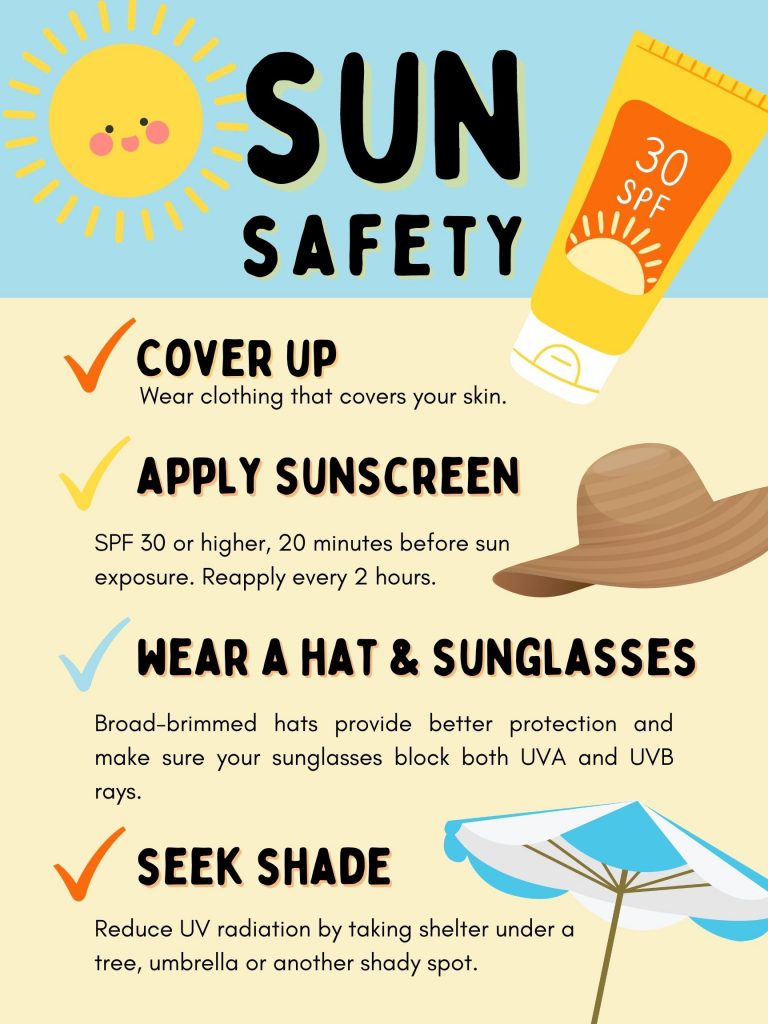Knowing what to do and where to go during an emergency is one of the basics of emergency preparedness. This is usually straightforward in an office setting, and knowing your evacuation routes, assembly areas, and sheltering locations is a great start. But what if your job involves fieldwork and you spend some or most of your day driving from one place to the next?
Fires, other man-made disasters, natural disasters, and severe weather are all very real possibilities in Henrico County. Severe weather of some type is almost guaranteed during certain times of the year. However, planning for such emergencies can be difficult, especially for employees who work in the field.
In this case, communication is vital.
Always speak with your supervisor to ensure you know and understand emergency notification procedures. For groups using vehicles or handheld radios, that is usually the best and fastest way to communicate emergency information to an entire group. Also, for employees who don’t carry a radio but use a work mobile phone, group messaging can notify larger groups of employees at one time. Either way, make sure you know the procedures in your group.
Once the emergency information is sent out, what’s next? In some situations, the emergency may be restricted to a particular part of the county. For example, a tornado watch may be in effect for the entire county, but often a tornado warning (when a tornado is either physically seen or shows up on radar) might be only for a portion of the county. Employees working in Varina don’t usually need to shelter for a tornado warning in Short Pump. In these situations, listening to local news broadcasts can sometimes give specific information on the affected area. Summer thunderstorms often affect more extensive parts of the county. For mobile employees with outdoor duties, it’s usually best to seek shelter in your vehicle until you get an idea of the storm’s extent and direction. For supervisors, it’s sometimes best to bring these groups back to the shop or their central location for a while.
What about a significant event – like a tornado – that often gives little to no warning and can bring devastating damage? The first priority would be finding a nearby sturdy building where you can shelter in a basement or on the ground floor, away from doors and windows. Unfortunately, finding an appropriate location during an emergency can be difficult or near impossible.
Below are recommendations from the Federal Emergency Management Agency (FEMA).
- If you are outdoors, find safe shelter right away.
- If you can safely get to a sturdy building, do so immediately.
- Do not get under an overpass or bridge. You’re safe in a low, flat location.
- Watch out for flying debris that can cause injury or death.
- Use your arms to protect your head and neck.
If no building is available, there is no single recommendation for how to protect yourself best. However, new research shows that larger, more stable vehicles can often be an acceptable “last resort” during weather emergencies. If you must shelter in your vehicle, always keep your seatbelt fastened, avoid bridges and overpasses, and protect your head and neck.
If no vehicle is available, find a low-lying area like a ditch (as long as there is no flooding expected), lay down on your stomach, and cover your head and neck with your arms and hands. If one is available, protect yourself with a heavy jacket, blanket, or other similar items.
Because there are numerous county facilities, you may be near one and not even know it. Take the time to familiarize yourself with the location of fire stations, libraries, and county offices. While there is no formal procedure for seeking shelter in a county facility, in an actual emergency, you may need to. Regardless of the location, make sure not to block emergency vehicles or disrupt essential services.
As with any safety issue, communication is vital. Before going out for the day, ensure you’re familiar with your group’s communication methods. Keep your eyes open for potential shelter locations where you frequently work. And if you are forced to shelter, let a supervisor know as soon as it is safe to do so.
If you’re looking for additional information on severe weather and sheltering, check out FEMA.gov, the Virginia Department of Emergency Management, or the National Weather Service websites.


